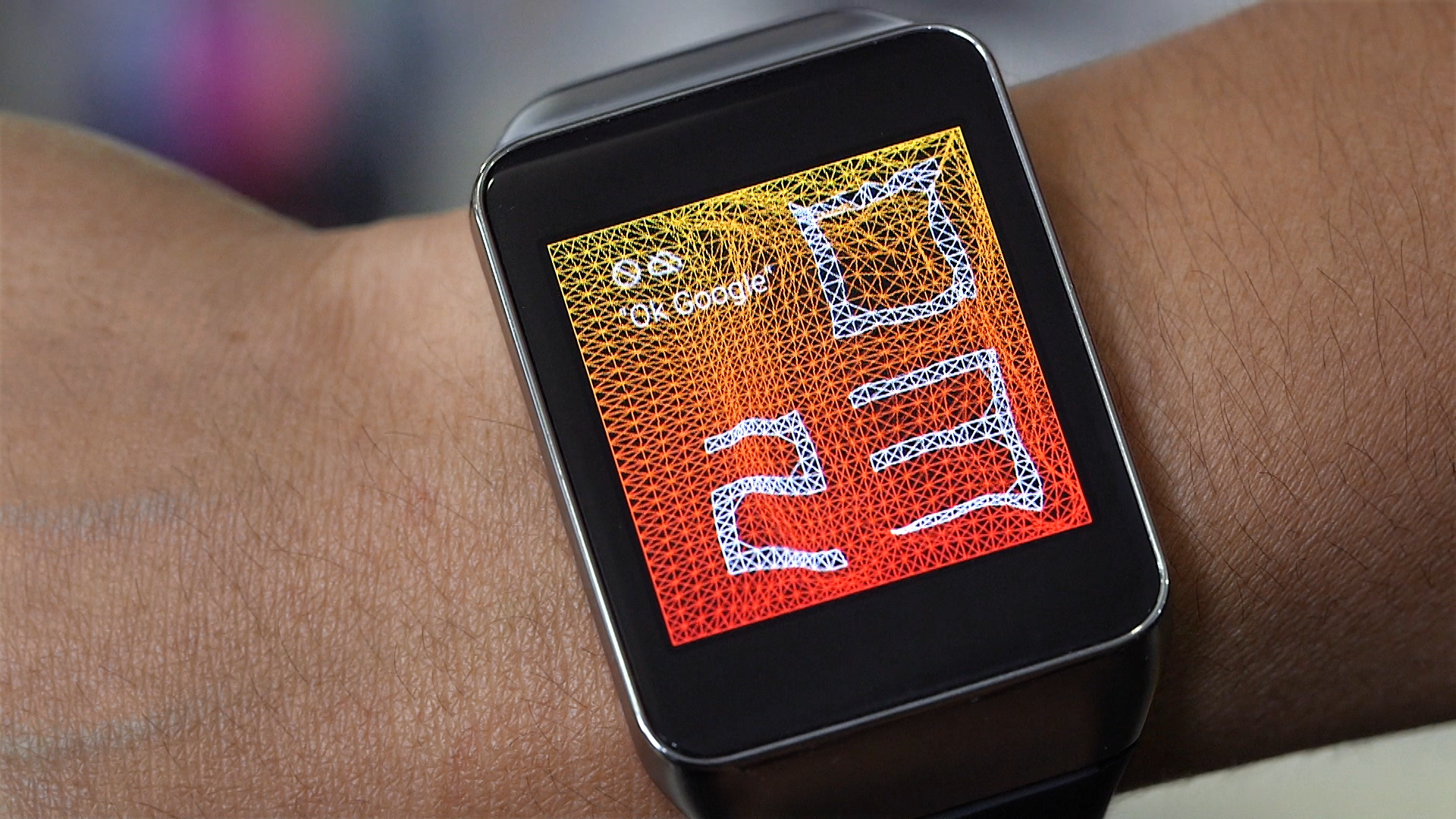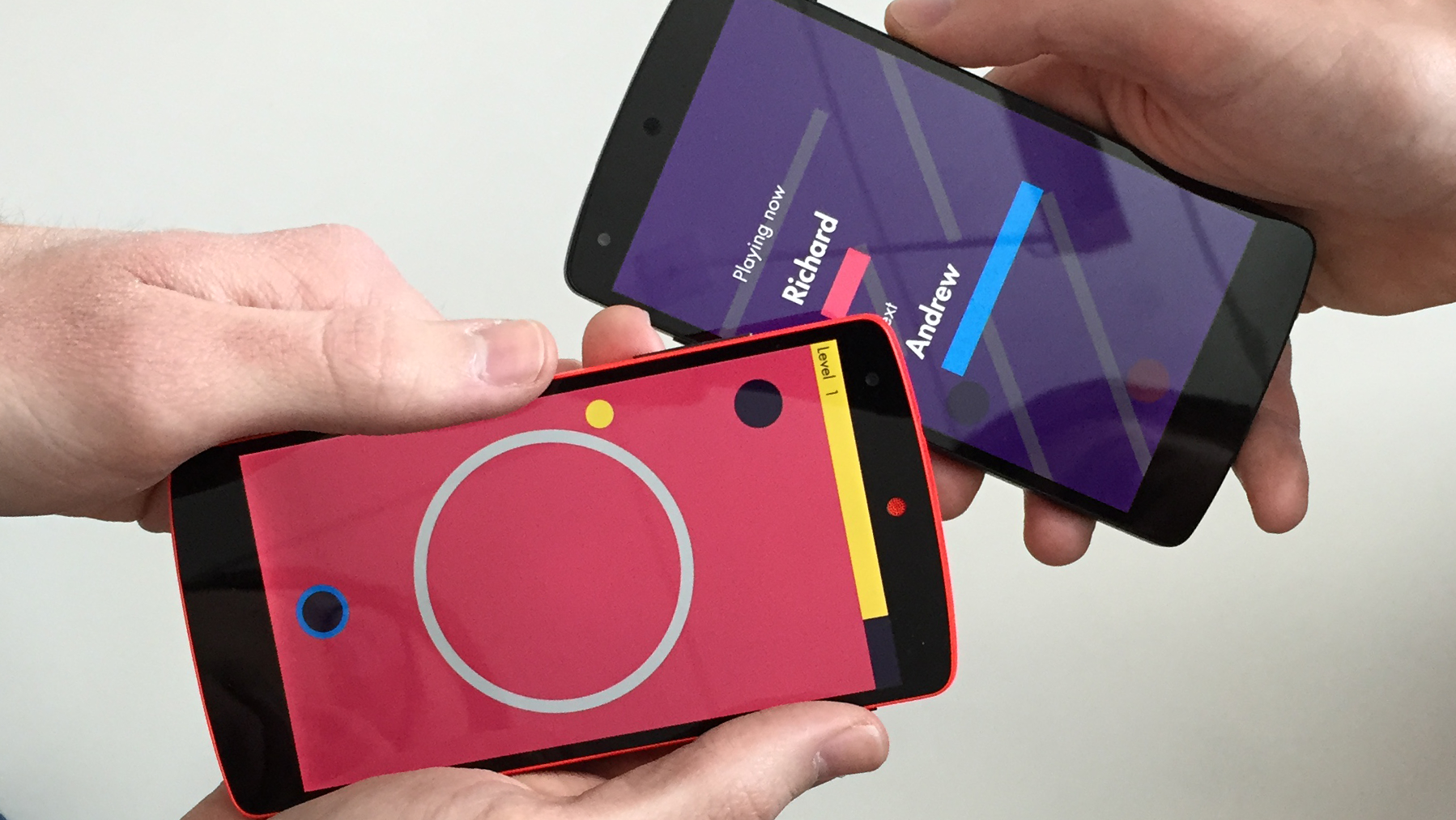Google today launched Android Experiments, a gallery of projects that showcases creative uses of Android devices, their capabilities and aesthetics. The company is also issuing an open invitation for all developers to submit their own experiments to the gallery.
The main requirement for all these experiments is that they be open source. Google isn’t doing this just for kicks: The end goal is to allow anyone to learn how an experiment was made, and hopefully be inspired to create their own. “Our hope is to encourage more developers to challenge how we interact with the devices we use every day, and show how creative you can be on Android,” Google explained.
At launch, there are just 20 experiments available, but the range is broad: From camera experiments to innovative Android Wear apps to hardware hacks to cutting-edge OpenGL demos. They are built with developer tools you would expect: Android SDK and NDK, Android Wear, the IOIO board, Cinder, Processing, OpenFrameworks, and Unity.
Google said that it will take experiment submissions from everyone, but that “while we can’t post every submission, we’d love to see what you’ve created.” We asked the company which submissions will be posted, and how they will be chosen.
“We are looking for experiments that push the boundaries of what’s possible on Android — and we’re looking forward to see what developers come up with,” a Google spokesperson told VentureBeat. “All submissions will be reviewed based on the requirements and recommendations laid out on the submission page on AndroidExperiments.com. The projects will be reviewed by a small developer team at Google.”
Those requirements and recommendations are as follows:
What we’re looking for
- Innovative use of new or unique features of the Android platform
- Projects that explore how we interact with our devices, in small and big ways
- Unique and extraordinary visual aesthetics
- Open source projects that can inspire other developers
- Surprise us — we want to see the amazing things you’re cooking up
Recommendations
- Show something shiny right away
- Remove visual distractions that aren’t part of your experiment
- Keep it simple, but make it worth the download
- Imagine how others can get the most out of your project — be clear in how you document your project and your code
- Don’t require the user to create or log into an account
- Ask for as few permissions as possible
- Avoid whitelisting particular Android devices, but it’s okay if your experiment works better on some devices — just let us know
- Don’t use too much battery or data without warning
- Please be patient as reviews can take several weeks
Requirements
Your experiment should work on Android 4.4 (KitKat) and higher. It’s okay if it’s targeted toward specific devices. Just let us know. Please only upload material that you own or have a license to use.
Google will also be highlighting and looking at Android experiments on Twitter. The AndroidExperiments account isn’t taken, but the company has chosen to use a hashtag instead: #AndroidExperiments.




